Our services
These Are The Services We Specialize In:
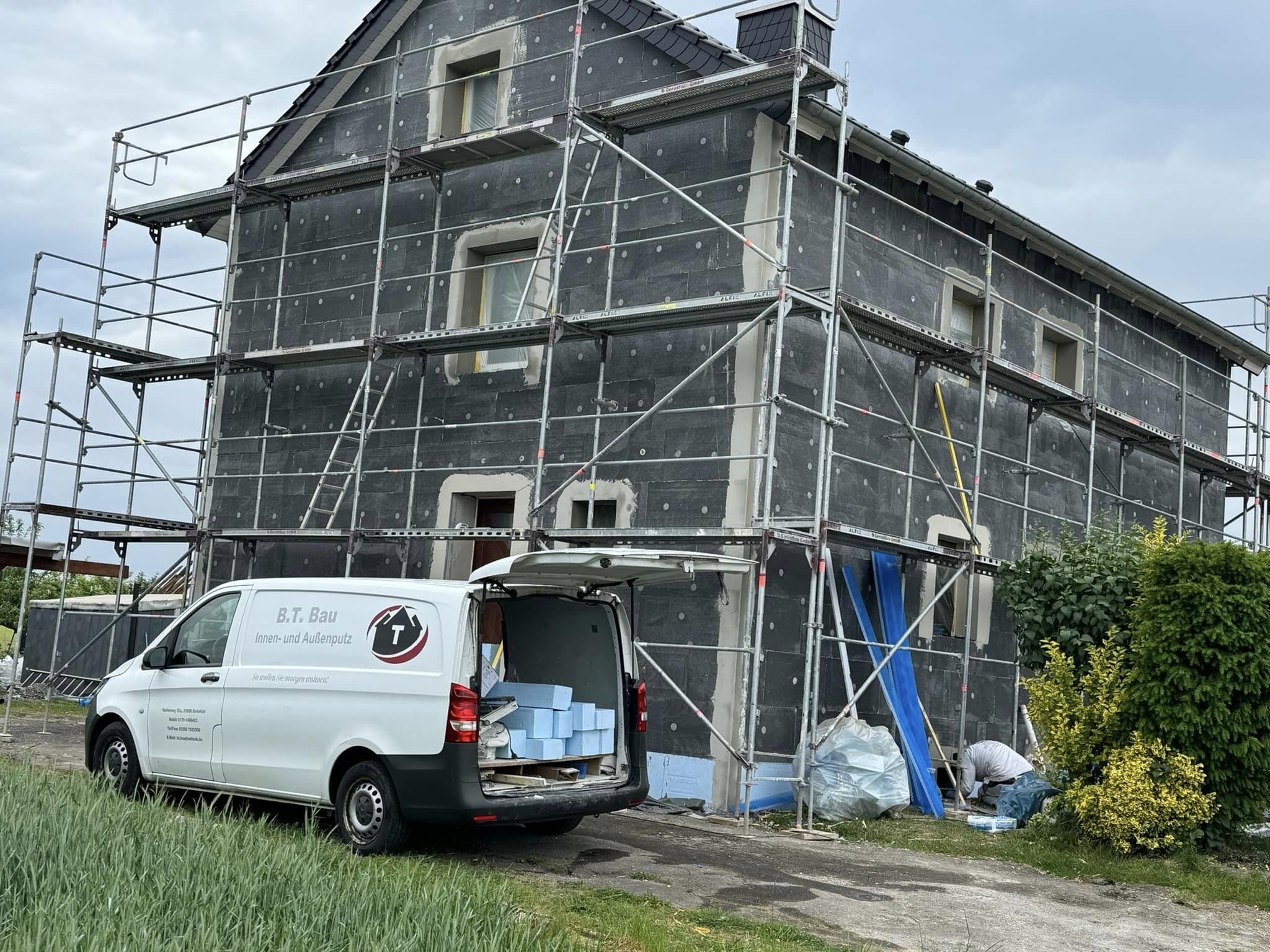
Thermal insulation composite system (TICS)
A Thermal Insulation Composite System (TICS) improves energy efficiency in buildings by using insulation materials like expanded polystyrene (EPS) or mineral wool, along with adhesives, a fiberglass mesh reinforcement, and a decorative top coat. This system effectively reduces heat loss and gain, enhances thermal comfort, and manages moisture to prevent mold. Suitable for residential, commercial, and industrial use, TICS works for both new constructions and retrofitting. Its cost-effectiveness lowers energy bills, while its versatility provides various design options, making it an excellent choice for enhancing thermal performance
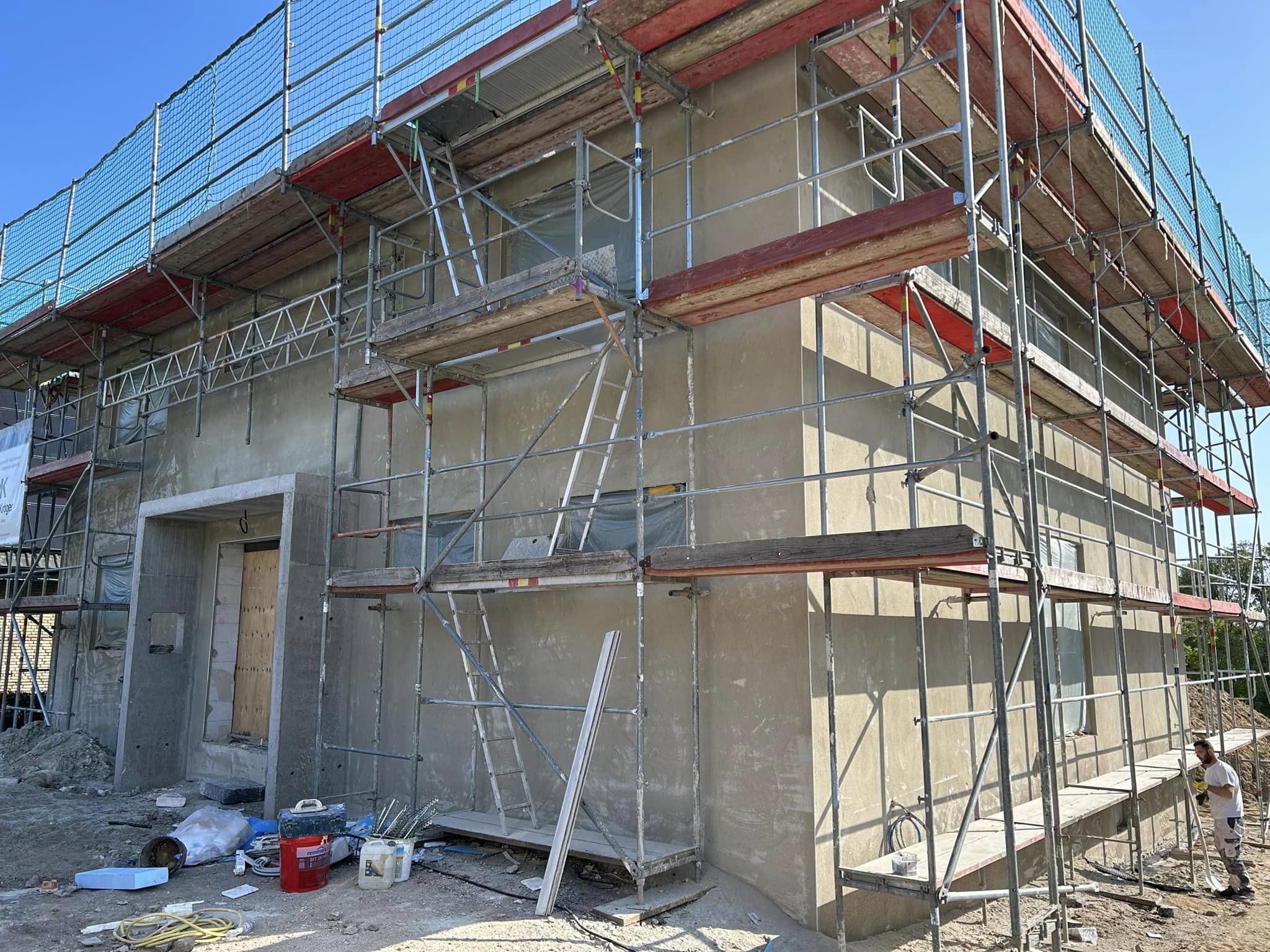
Lightweight base plaster
Lightweight base plaster is a specially formulated plaster designed for interior wall applications. It is made from lightweight aggregates, which reduce the overall weight of the material while maintaining strength and durability. This type of plaster provides a smooth, even surface that enhances the adhesion of finishing coats, such as paints or wallpaper. Additionally, lightweight base plaster improves thermal insulation and moisture management, helping to create a more comfortable indoor environment. Its ease of application allows for quicker project completion, making it a popular choice in construction and renovation projects
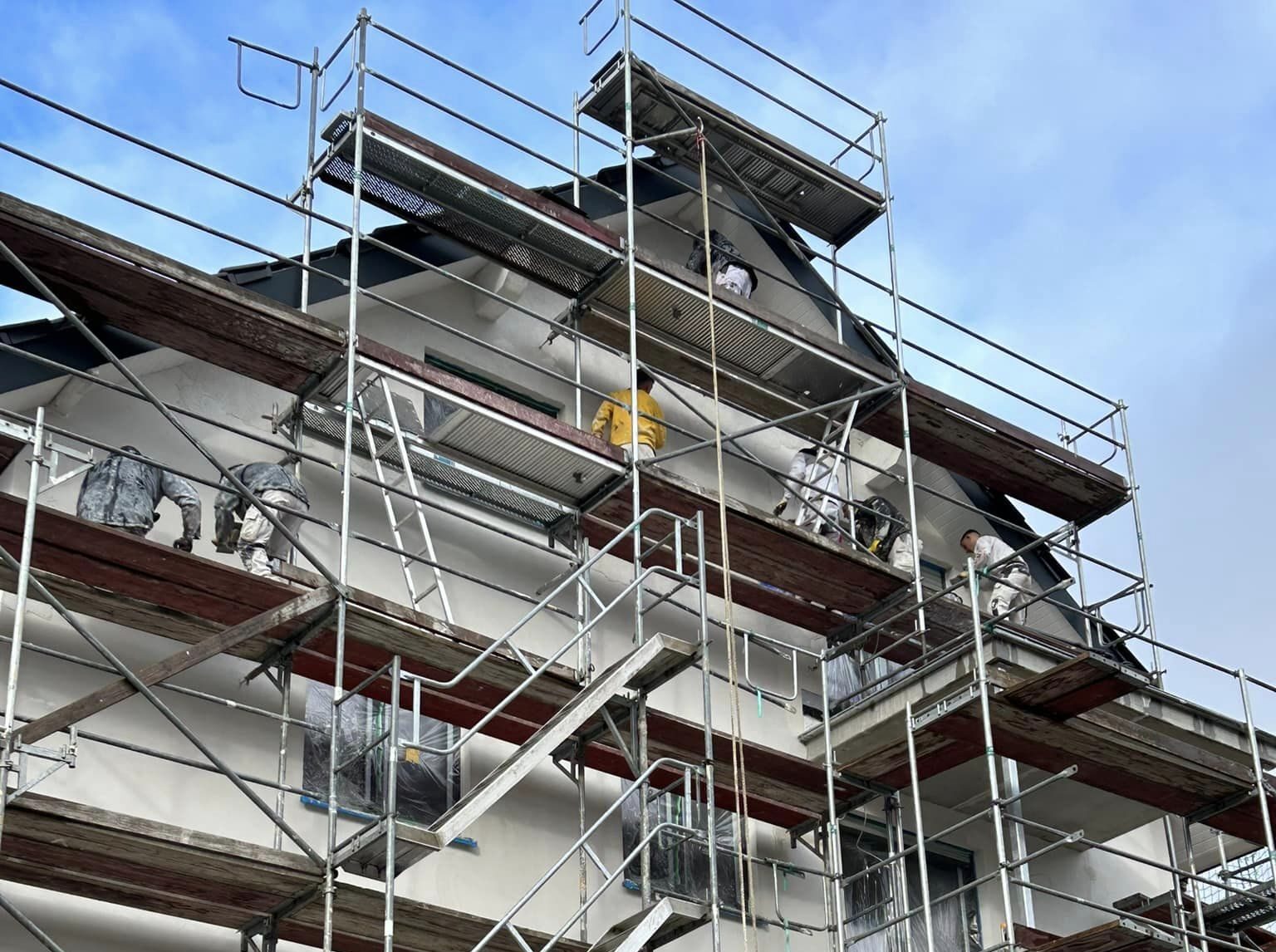
Gypsum plaster
Gypsum plaster is a finishing material made from gypsum, a natural mineral. It is commonly used in interior construction for creating smooth, even surfaces on walls and ceilings. Gypsum plaster sets quickly, allowing for faster project completion, and is easy to work with, providing excellent adhesion and a fine finish. It also offers good moisture resistance and fire protection, making it a safe choice for various environments. Additionally, gypsum plaster helps regulate humidity levels, contributing to a comfortable indoor climate. Overall, it is a versatile and widely used material in modern construction and renovation projects
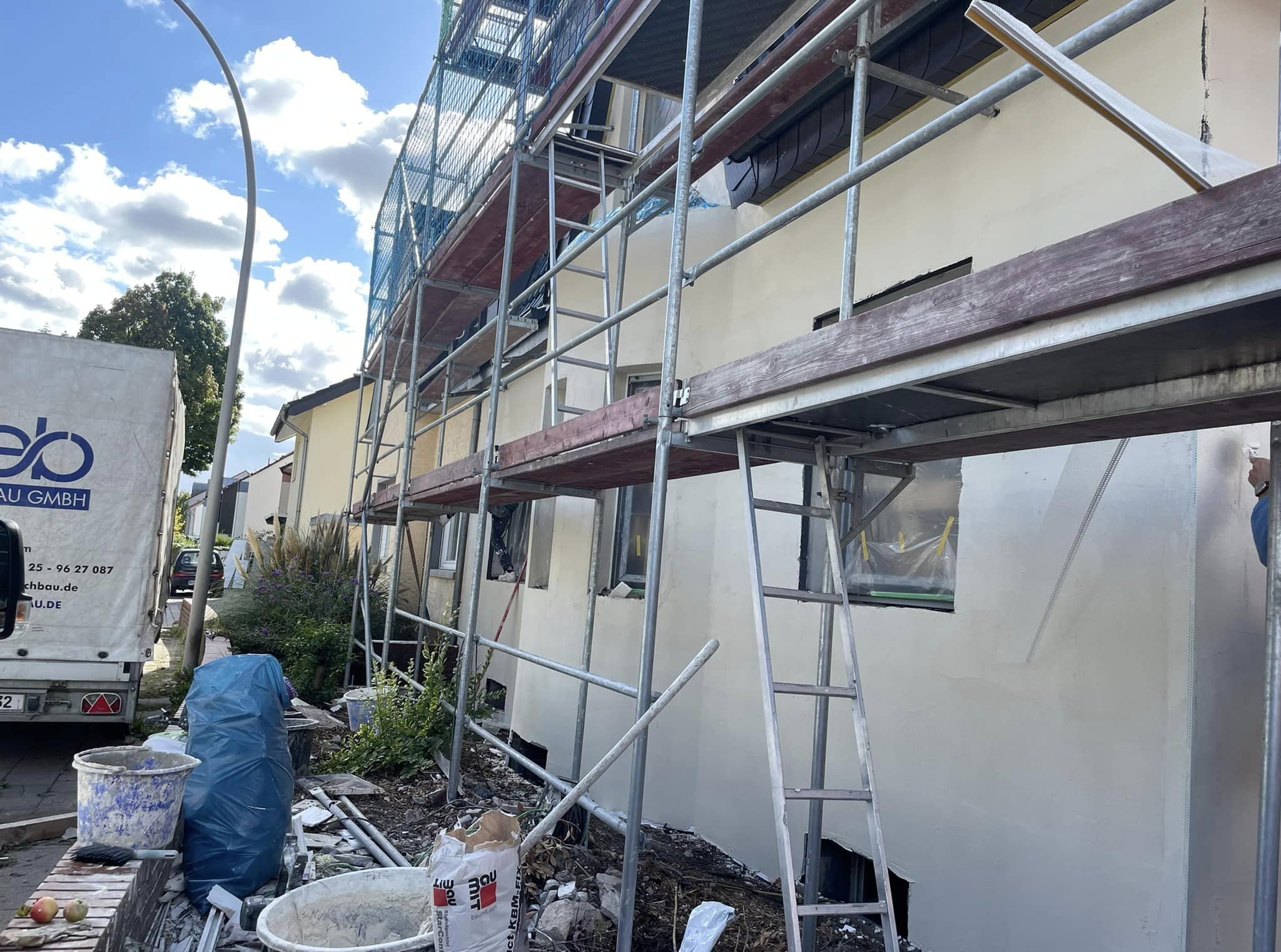
Lime-cement plaster
Lime-cement plaster is a durable and versatile finishing material made from a mixture of lime, cement, sand, and water. This type of plaster combines the flexibility and breathability of lime with the strength and binding properties of cement, making it suitable for both interior and exterior applications. Lime-cement plaster is known for its excellent adhesion, moisture resistance, and ability to regulate humidity, which helps prevent mold growth. It is often used in traditional and modern construction, providing a long-lasting and aesthetically pleasing finish. Additionally, it can be applied to various substrates, including masonry and concrete, making it a popular choice for many building projects.
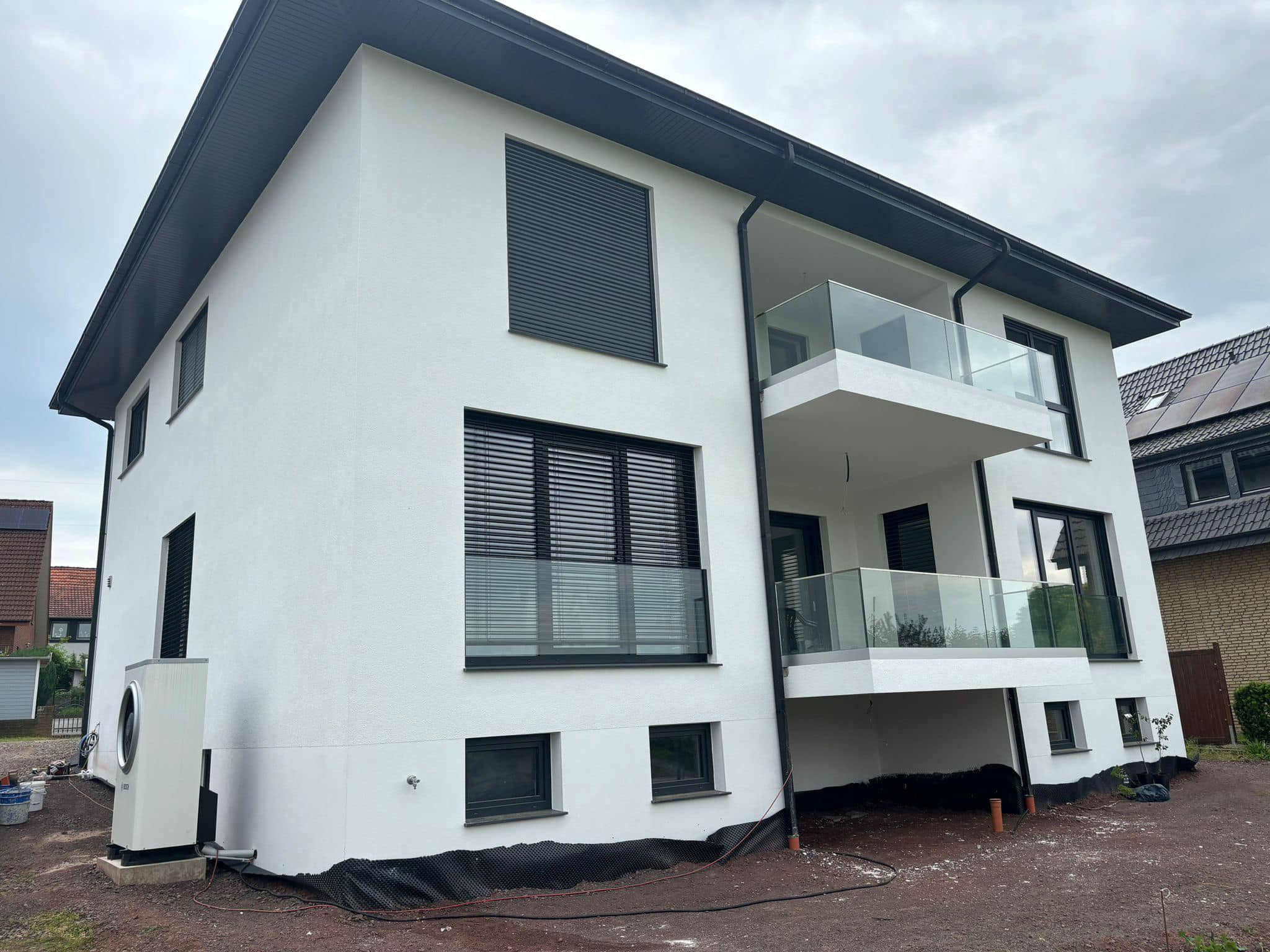
Painting work
Painting work involves the application of paint, stains, or coatings to surfaces such as walls, ceilings, and trim to enhance aesthetics, protect materials, and provide a finished look. This process typically includes surface preparation, which may involve cleaning, sanding, and priming to ensure proper adhesion and a smooth finish. Various techniques, such as brushing, rolling, or spraying, can be used depending on the desired effect and type of paint. Painting work not only adds color and character to spaces but also helps protect surfaces from wear, moisture, and environmental damage, contributing to the longevity of the structure. Overall, it is an essential part of both new construction and renovation projects.
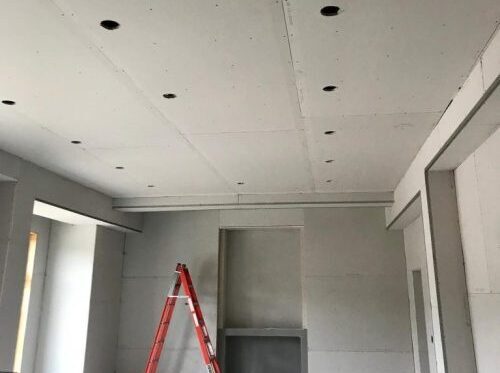
Drywall construction
Drywall construction is a building method that involves the use of gypsum boards, also known as drywall or plasterboard, to create interior walls and ceilings. This system offers several advantages, including speed and efficiency, as drywall can be quickly installed and finished compared to traditional plastering methods. The boards are typically mounted on metal or wooden studs and can be easily cut to size, making them versatile for various layouts. Once installed, joints are taped and finished with compound to create a smooth surface, ready for painting or other finishes. Drywall construction is widely used in residential and commercial buildings due to its lightweight nature, fire resistance, and ability to provide good insulation and soundproofing.
